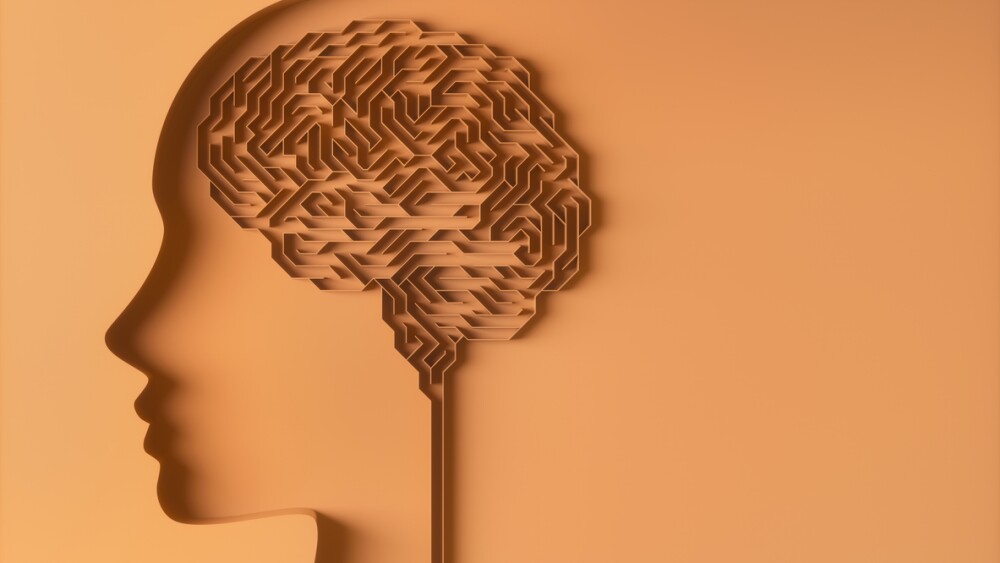The FDA and NIH recently announced plans to phase out animal testing requirements for some therapies. While organoid and AI providers celebrate, scientists warn that questions over safety, applicability and implementation remain.
Last month, the FDA, under Commissioner Marty Makary, announced ambitious plans to reduce animal testing requirements for monoclonal antibodies and other therapies, replacing them with AI and human organoid lab models. While some scientists say alternative technologies have not progressed far enough to eliminate animal research entirely, organoid manufacturers and animal rights advocates are celebrating the increased interest in alternatives to animal testing.
Tomasz Kostrzewski, CSO of organ-on-a-chip manufacturer CN Bio, said he was surprised by the announcement. “It’s fantastic,” he told BioSpace. “There’s a place for animals in drug discovery, but animal research shouldn’t be the go-to.”
And the movement is quickly gaining momentum. Nearly three weeks after the FDA’s April 10 announcement, the National Institutes of Health followed suit, revealing plans to prioritize grant proposals that adopt alternatives to animal research. The NIH will also establish the Office of Research Innovation, Validation, and Application (ORIVA) to coordinate agency-wide efforts to develop, validate, and scale the use of non-animal approaches across its biomedical research portfolio.
In their announcements, the FDA and the NIH said they will encourage scientists and biotechnology companies to adopt computational, experimental, and other “human-relevant methods” to replace animal research, namely AI-based technologies, human organoids and organ-on-a-chip models, alongside real-world population health data. Meanwhile, within the next three to five years, the FDA hopes to make animal research “the exception rather than the norm,” for preclinical safety and toxicity testing, according to an executive summary posted on its website (emphasis in original).
“We’re very excited,” about the announcement, said Joseph Wu, a cardiologist at Stanford Medicine and co-founder of Greenstone Biosciences, which supplies induced pluripotent stem cells (iPSCs) and organoids to aid in drug discovery. Results from animal models are often not translatable to humans, he told BioSpace. “The over-reliance on the mouse model is a detriment to the entire field.”
Aysha Akhtar, co-founder and CEO of the Center for Contemporary Sciences, an organization that advocates for the adoption of non-animal testing methods, issued a word of caution to drug developers. “If companies don’t move in this direction, they’re going to lose out. They’re going to fall behind the times.”
Solving the Animal-to-Human Disconnect
The FDA’s announcement comes two and a half years after the FDA Modernization Act 2.0, a bill that allowed the regulator to consider non-animal methods during the drug approval process, was signed into law in December 2022. The law eliminated the FDA’s previous requirement that new drugs be tested on animals, in certain cases.
Every year, millions of animals are used for biomedical research. Besides the ethical concerns associated with this practice, experts who spoke to BioSpace say animal research is costly, requires skilled labor, and, as Wu said, is often not translatable to human models. This is, in part, due to the lack of genetic diversity in mouse models, since most laboratory mice are highly inbred, Wu continued. “It’s the equivalent of doing an experiment on 1,000 Joseph Wus.”
Stem cells and organoids, three-dimensional stem-cell-derived structures that mimic certain properties of human organs, can address some of these issues, according to Wu. Using cells derived from different patients can help to capture their potential genetic variabilities. These technologies allow researchers to perform faster and cheaper high-throughput drug screening in a dish rather than on animals, he said. “Instead of testing a drug on ten different animals, you can test thousands of drugs on cells in a dish.”
Safety: Not There Yet
While these are significant advantages, experts agree that, when it comes to safety, these alternative models are not quite at the point where they can completely replace animal testing in drug R&D. Studies show that organoid models can accurately predict drug efficacy and safety profiles, and whittle down potential candidates, Wu said. However, the final stages of drug testing will likely still require animal testing in the years to come.
“There are certain aspects of living systems that we can’t model yet,” he acknowledged. Most of the organoid models currently available are of single organs, which doesn’t account for how organ systems collectively respond to a drug. While scientists are working to connect these single-organ models and build models of multiple organ systems, Wu said “that takes time,” and the technology isn’t there yet.
Some scientists are skeptical of the FDA’s three-to-five-year timeline for animal testing becoming the exception. Irving Loh, a cardiologist and chief medical officer of AI- and healthcare-focused Infermedica, said these new technologies need to go through extensive periods of validation before they can replace animal models entirely. Without that, researchers and drug manufacturers are “taking a big chance,” Loh told BioSpace. “It’s a safety issue.”
This is particularly true with AI models, he said, which can aid in the discovery of molecules to treat certain conditions but are far from able to model the intricacies of a human body. While there are benefits to computational models, saying that they can replace animal models now shows “a non-understanding of biology and how it actually works,” Loh said.
The Cost of Adopting New Models
Another challenge is the accessibility of AI and organoid models. Deploying new technologies in a laboratory setting is expensive and requires a large initial investment, Wu said. The FDA Modernization Act 2.0 did not explicitly allocate funding for transitioning away from animal models, nor has the new decree.
Training scientists to work with these new models also takes time. Students are largely unfamiliar with non-animal models, Akhtar said. “Students need to learn about these human-relevant testing methods. . . . Companies are going to need a bigger workforce of students and scientists who understand how to use these methods.”
Complicating matters is the Trump administration’s massive cuts to NIH funding. Experts say it is unclear what effect these will have on the pace of adopting non-animal methods. “We need robust scientific funding,” Wu said. “That’s the bottom line.”
Finally, change is sometimes difficult to accept. Animals have become really entrenched in biological research, CN Bio’s Kostrzewski said, and contract research organizations have historically been hesitant to adopt animal alternatives. That said, some CROs are coming around. CN Bio recently announced partnerships with CROs Pharmaron and Altis Biosystems, for example.
“[CROs are] the real heartbeat of the pharmaceutical industry,” Kostrzewski said. “Partnering with them will be critical.”
Buying in
Even before the recent FDA and NIH announcements, the biopharma industry was starting to adopt non-animal methods in R&D.
“It was already starting to happen,” Kostrzewski said. Now, the pace will likely pick up.
Several companies developing monoclonal antibodies and other drugs are partnering with companies that deploy alternatives to animal research. For example, Bristol Myers Squibb contracted with Tempus, a provider of AI and organoid technology, in 2023 to identify and validate new targets with multimodal datasets. Similarly, AstraZeneca began a partnership with organ-on-a-chip manufacturer Emulate in 2013 and has since begun developing multiple organoid models, including of the kidney and lung. Johnson & Johnson also partnered with Emulate in 2015, as did Roche in 2018. And Roche struck a deal with another organ-on-a-chip company, MIMETAS, in 2021.
Roche is “actively exploring, developing and evaluating approaches based on New Approach Methodologies (NAMs) which include organoids, as well as in silico technologies such as computational modeling and simulation models and in vitro techniques,” a spokesperson told BioSpace in an email.
However, the spokesperson added that animal testing remains an integral part of drug development. “While Roche welcomes the FDA’s position statement and the ambition behind it, we expect that research involving animals will remain an irreplaceable part of the drug development process and biomedical research in the near to mid-term future.”






